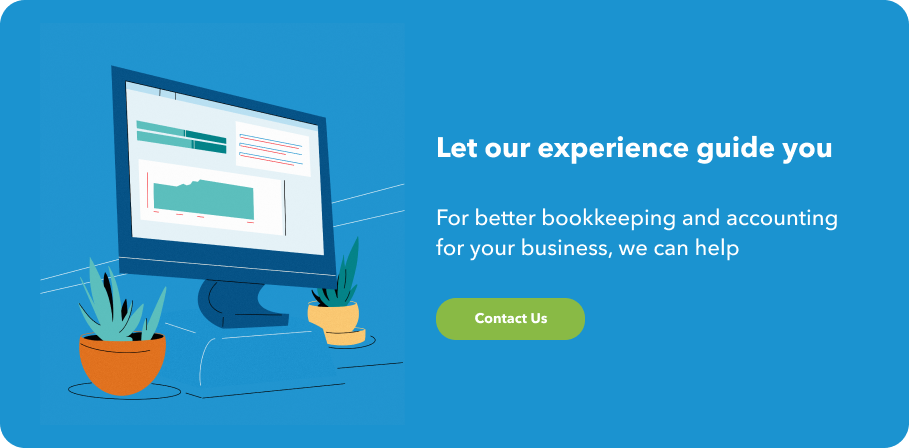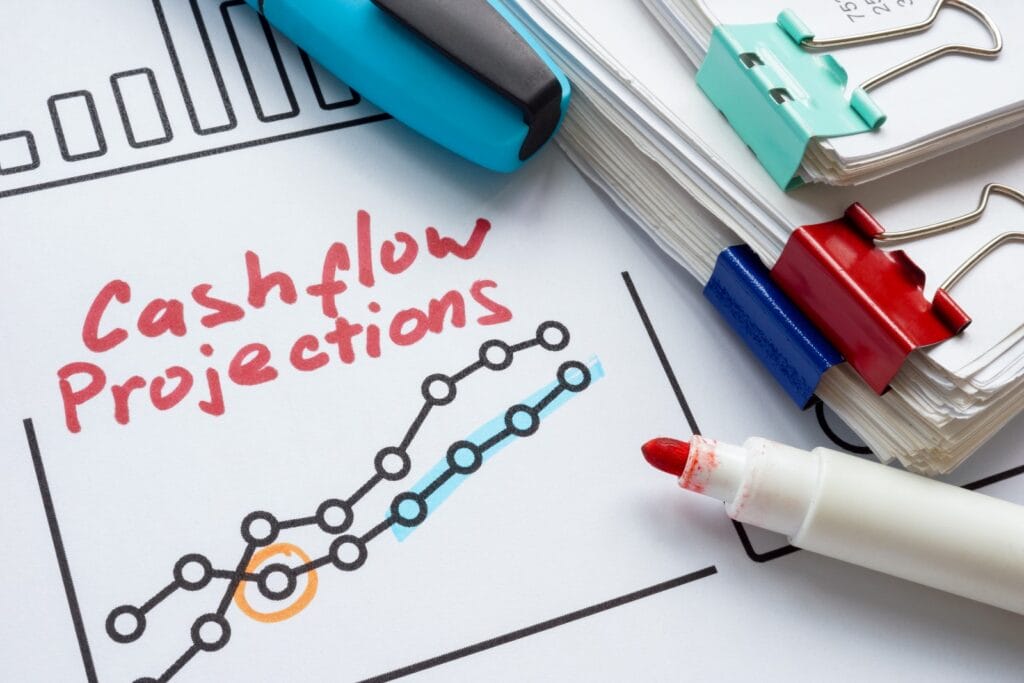Do not miss out on ways to improve your business’s liquidity
As COVID-19 continues to spread around the world, U.S. businesses have received historic government relief in exchange for its participation in the life-saving emergency shelter-in-place and social distancing orders of state governors.
As those same governors are lifting emergency stay-at-home orders, enabling non-essential workers to return to the shop floor or office, the need for government relief of business activity has remained a necessity.
We created the Coronavirus Business Resources Hub to keep you informed on our government’s relief efforts and to provide advice on the critical business decisions you face during this unprecedented time.
This rundown of government relief efforts is intended to remind you of some of the less often discussed options for businesses to continue to operate during the coronavirus pandemic.
Government relief goes beyond stabilization of the Great Recession
In 2008, The Emergency Economic Stabilization Act created the Troubled Asset Relief Program and infused $475 billion into programs that assisted the banking and auto industries, credit markets, and foreclosure prevention programs for millions of American homeowners.
On March 23, The Coronavirus Aid, Relief and Economic Security (CARES) Act authorized a historic $2 trillion in relief to American citizens and businesses. This legislation was intended to prevent individuals, corporate entities, the gig economy, nonprofits, and state governments from falling too far behind on their financial obligations.
The swift actions that our government has taken were intended to have a broader effect on the economy than was taken during the Great Recession of the 2000s or the Great Depression of the 1930s. Indeed, so much has happened in these past few months that a review of what relief is available to businesses seems in order.
Historic government relief for you, your business, and your workforce
The following are key provisions—ranging from unemployment insurance, financial measures to keep cash in the hands of taxpayers, modification to the TCJA, and loans—of The CARES Act.
- Pandemic Unemployment Assistance for the self-employed, independent contractors, and gig workers and increased the state unemployment benefits by up to $600 a week for the eligible.
- Paycheck Protection Program (aka Payroll Protection Program or PPP) expanded the Small Business Administration’s 7(a) loan program to provide loan forgiveness for retaining employees on business payroll.
- Recovery rebate (aka stimulus check) of $1,200 for individuals (with adjusted gross incomes of up to $75,000) and $2,400 for couples (with adjusted gross incomes of up to $150,000) filing jointly and an additional $500 child reported on 2019 tax return.
- Increased coronavirus-retirement distributions to (a total of) $100,000 from an IRA or 401K plan. If you can pay it back within three years, it is a federal-income-tax-free IRA rollover deduction. The 10 percent penalty for early withdrawal is waived.
- 401K loans limit increased from $50,000 to $100,000.
- Required Minimum Distributions from 401K, 403B, or an IRA plan is waived for 2020.
- Charitable contributions (cash not donor-advised funds) for individuals are above the line and corporate giving (in cash) that exceeds 25% income is deductible (up from 10% above income pre-coronavirus).
Some of these provisions you will have heard a lot about (i.e. PPP) and some that you may not have given much thought (i.e. NOL carrybacks) but are worth considering with the help of a trusted financial advisor.
Business tax modifications to consider as July 15 draws nearer
Tax Day was deferred to July 15, 2020. You may not have considered all of the modifications to the Tax Cuts and Jobs Act (TCJA) afforded you by The CARES Act.
The CARES Act business tax provisions are varied and include the following:
- Deferral of Social Security payroll tax payments for employers and self-employed individuals through the end of 2020.
- Net Operating Losses in 2018, 2019, and 2020 may be carried back five years and the limitation to the corporate income tax treatment has been temporarily lifted.
- Temporary repeal of excess loss limitation for pass-through entities (sole proprietors, partnerships, and S-corporations).
- Credit for prior year alternative minimum tax is now refundable and corporations with AMT credit from 2018 may apply for a quick refund.
- Business (net) interest expense deduction has been modified to 50% of adjustable tax income (up from 30%).
- Correction of a technical error on the period for deducting the cost of Qualified Improvement Property from 37 years to 15 years and thus allowing QIP to be expensed immediately (aka bonus deduction).
- Alcohol used in the production of hand sanitizer is temporarily protected from the excise tax ($13.50 per proof gallon).
- Excise tax holiday for airlines from March 28 through December 31, 2020.
The Federal Reserve relief for businesses to consider
At the same time that Congress was working on the largest relief bill in American history, the Federal Reserve was considering how it would shore up credit markets.
Investors began to shy away from expending precious cash on buying corporate bonds. The Fed began buying up corporate bonds from banks to keep the corporate bond market going. When it became clear that the Fed’s program—Secondary Market Corporate Credit Facility—was not enough to assuage investors fears that corporate bonds would not be paid back, it decided to skip the market and provide credit directly to private businesses.
The CARES Act encouraged The Fed’s actions and mandated that it administer lending programs for medium-sized businesses and nonprofits (Main Street Lending Program) and state and local governments (Municipal Liquidity Facility Program).
Key provisions of the Main Street Lending Program
With $75 billion from the Treasury, authorized by the CARES Act, the Federal Reserve of Boston announced the Main Street Lending Program (MSLP) on April 9, 2020. The MSLP subsidizes qualifying business loans for small and medium-sized companies by buying 85 to 95% of each loan from lenders. Banks keep a 5% or 15% stake in the loan to curtail irresponsible lending practices.
When the MSLP was announced, The Fed asked for feedback from borrowers as their credit needs vary widely. Thousands of letters from individuals, businesses, and nonprofit organizations provided the feedback that resulted in an additional program (MSELF) that enabled lenders to use their industry-specific underwriting standards to best measure the creditworthiness of a borrower.
MSLP categorizes loans as new, priority, or expanded under the following program names:
- The Main Street New Loan Facility (MSNLF) enables The Fed to purchase unsecured term loans between $500,000 to lesser than $25 million so long as the loans were originated on or after April 24, 2020, and the value doesn’t exceed four times the 2019 EBITDA.
- The Main Street Priority Loan Facility (MSPLF) purchases unsecured term loans originated on or after April 24 that when added to current debt does not exceed six times the 2019 EBITDA or between $500,000 to less than $25 million. For MSPLF loans, the bank keeps 15% on its books.
- The Main Street Expanded Loan Facility (MSELF) purchases term loans that originated before April 24, and are valued either between $10 million and lesser than $200 million, represents 35% of outstanding and undrawn available debt, or does not exceed six times 2019 EBITDA.
Currently, only U.S. federally-insured depository institutions are Eligible Lenders under the MSLP. However, the Fed is considering ways to expand the list of Eligible Lenders for the MSLP.
Check out the Main Street Lending Program’s FAQs for more information.
No government relief effort is perfect. We hope that this brief rundown of coronavirus pandemic government relief for businesses will show you what extraordinary steps have been taken to keep your business, your employees, and our nation’s economic engines running. Perhaps, we have given you some options to consider.
In these uncertain times, it is vital that your finance team has considered every option afforded to you and your business. This is not over yet. We can help.
Quick Note: This article is provided for informational purposes only, and is not legal, financial, accounting, or tax advice. You should consult appropriate professionals for advice on your specific situation. indinero assumes no liability for actions taken in reliance upon the information contained herein.





